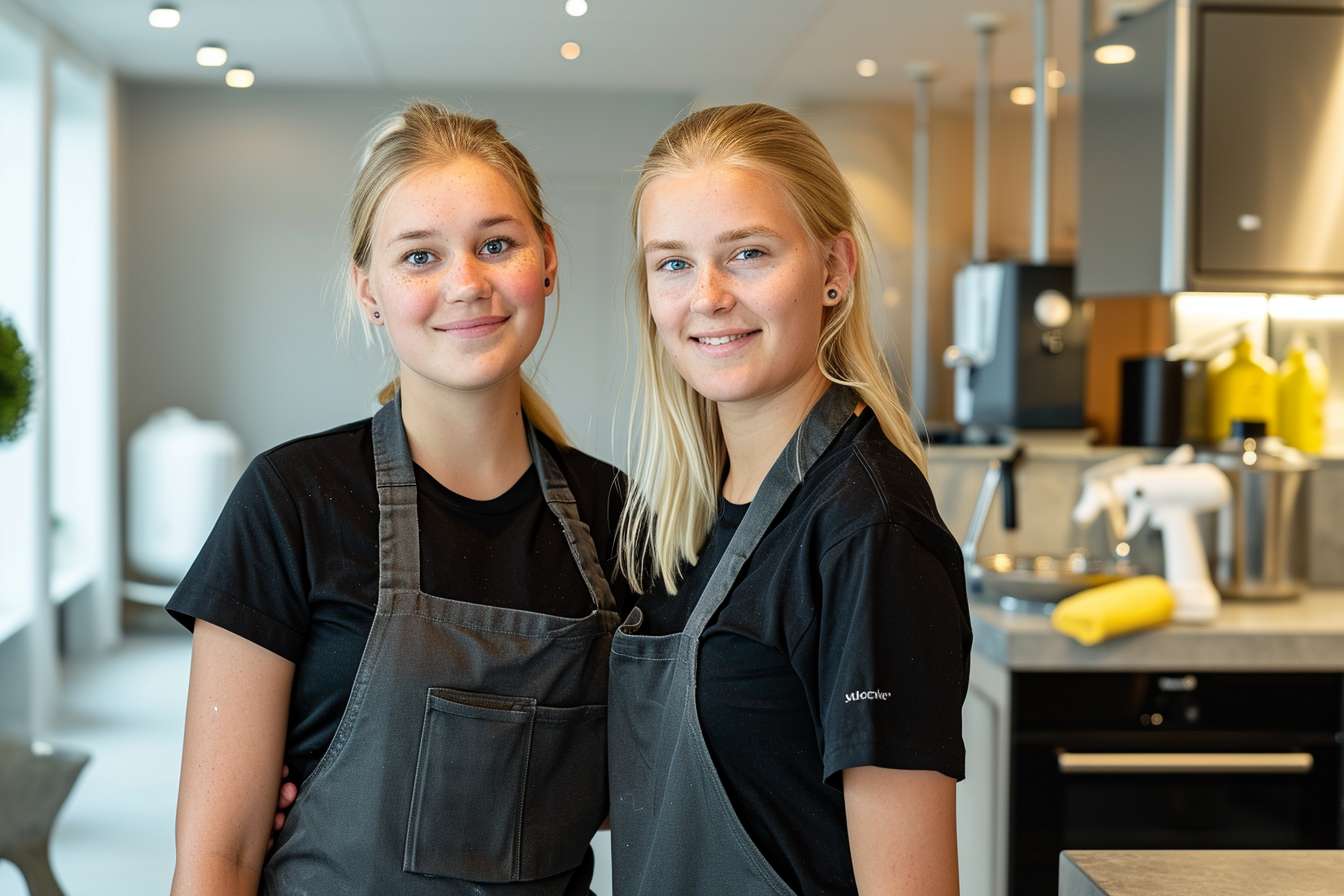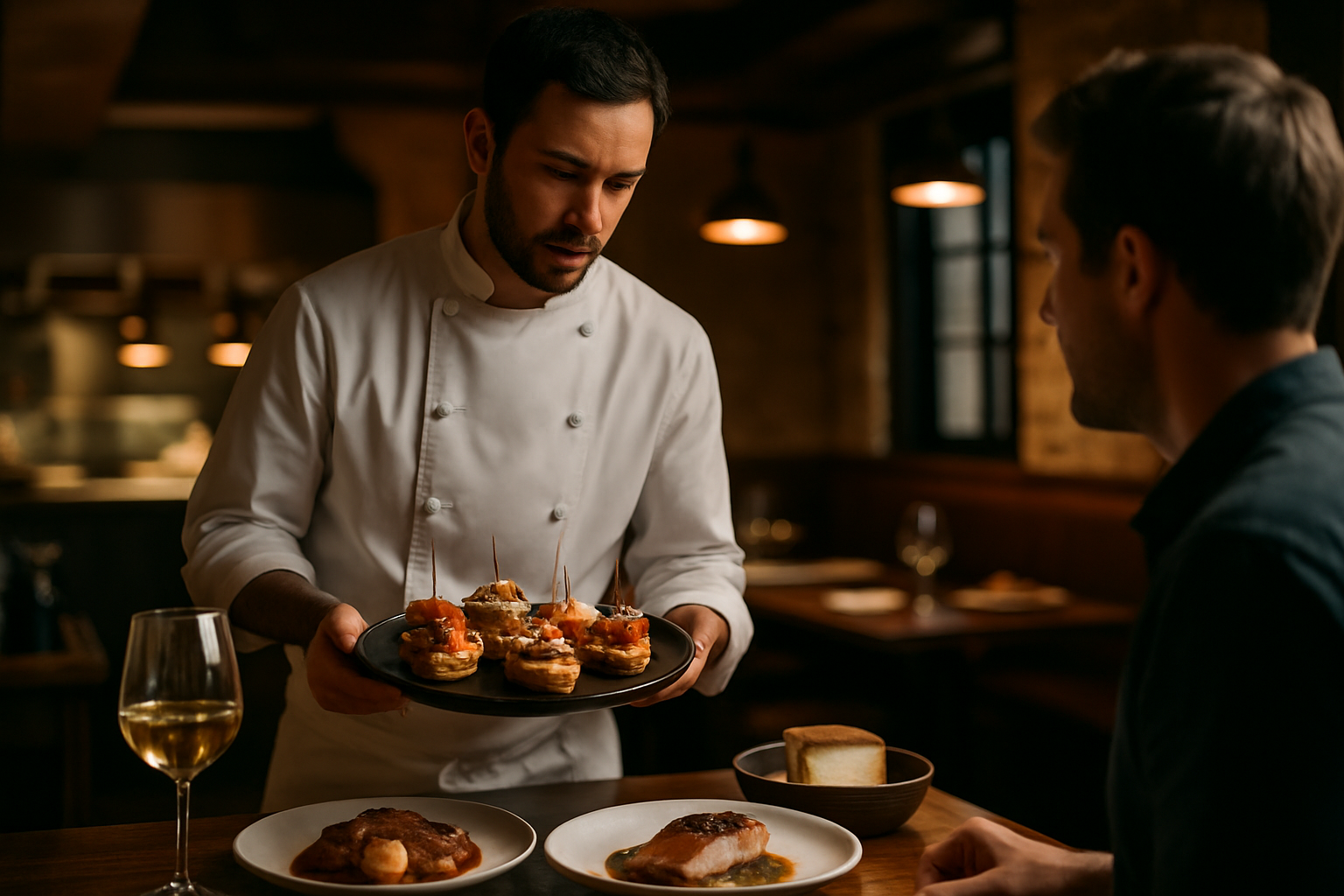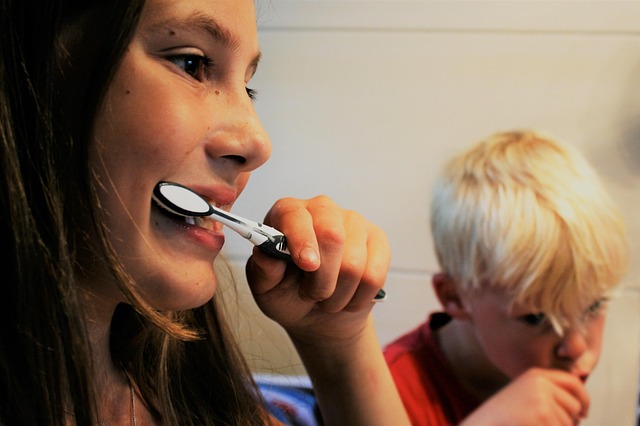How Restaurant Workflows in Qatar Shape Daily Service and Team Coordination
Understanding how restaurant teams in Qatar operate reveals a structured system built around timing, coordination, and clearly defined responsibilities. From the dining area to the kitchen line, every part of the workflow contributes to the rhythm of daily operations. This material examines how teams adapt to busy hours, manage communication between stations, and maintain consistency across different service formats — offering a closer look at what shapes restaurant processes in one of the region’s most dynamic hospitality environments.

The restaurant industry in Qatar operates within a unique environment where cultural expectations, diverse customer demographics, and high service standards converge. Daily workflows in these establishments are meticulously designed to ensure smooth operations from opening to closing. These workflows encompass everything from food preparation schedules to customer service protocols, with each element playing a critical role in maintaining quality and efficiency.
Team Coordination During Peak Service
Peak service hours represent the most demanding periods for any restaurant, and in Qatar, these typically occur during lunch hours and evening dining times, particularly after sunset during Ramadan. During these rush periods, team coordination becomes essential to prevent bottlenecks and maintain service quality. Kitchen staff must synchronize their preparation and plating with the pace of incoming orders, while servers need to manage table turnover efficiently without compromising the guest experience.
Effective coordination during peak times requires clear role definitions and well-practiced procedures. Expeditors often serve as the crucial link between kitchen and dining areas, ensuring that dishes leave the kitchen at the right temperature and in the correct sequence. In many Qatar restaurants, digital ordering systems have been integrated to streamline communication and reduce errors during high-volume periods. Staff members are typically assigned specific stations or sections, allowing them to develop expertise in their areas while maintaining awareness of the overall service flow.
Communication Between Front-of-House and Kitchen
The relationship between front-of-house staff and kitchen teams forms the backbone of restaurant operations. In Qatar’s diverse culinary landscape, where establishments range from traditional Arabic eateries to international fine dining venues, communication protocols must account for language differences, cultural nuances, and varying levels of culinary complexity. Many restaurants implement standardized terminology and order abbreviations to ensure clarity regardless of staff backgrounds.
Modern point-of-sale systems have transformed this communication dynamic by providing digital order transmission, reducing misunderstandings that once occurred with handwritten tickets. However, verbal communication remains important for conveying special requests, dietary restrictions, and timing considerations. Kitchen display systems now allow chefs to prioritize orders based on preparation time and table status, while servers receive notifications when dishes are ready for pickup. This technological integration has significantly reduced wait times and improved order accuracy across Qatar’s restaurant sector.
Factors Shaping Daily Restaurant Operations
Multiple factors influence how restaurants in Qatar structure their daily workflows. The country’s climate plays a significant role, with extreme summer temperatures affecting delivery schedules, ingredient storage requirements, and even customer traffic patterns. Many establishments adjust their operating hours seasonally, extending evening service when outdoor dining becomes more comfortable.
Cultural considerations also shape operational decisions. The observance of prayer times requires flexible scheduling, and during Ramadan, restaurants completely restructure their workflows to accommodate iftar and suhoor services. Labor regulations and the composition of Qatar’s expatriate workforce further influence staffing patterns and training approaches. Restaurants must navigate visa requirements, accommodation arrangements, and cultural integration while building cohesive teams.
Supply chain logistics present another critical factor. While Qatar has invested heavily in food security and local production, many ingredients are still imported, requiring careful inventory management and supplier relationships. Restaurants must balance quality expectations with cost considerations, often working with multiple suppliers to ensure consistent availability of key ingredients. Menu planning increasingly reflects these supply realities, with seasonal adjustments based on ingredient accessibility and cost fluctuations.
Health and safety regulations established by Qatar’s Ministry of Public Health set stringent standards for food handling, storage, and preparation. Daily workflows incorporate mandatory temperature checks, sanitation protocols, and documentation requirements. Staff training programs emphasize food safety alongside service skills, ensuring compliance while maintaining operational efficiency.
Technology Integration in Modern Restaurant Workflows
Qatar’s restaurant industry has embraced technological solutions to enhance coordination and efficiency. Reservation management systems help predict customer flow and optimize table assignments, while inventory management software tracks ingredient usage in real time. Kitchen automation, from programmable ovens to automated beverage dispensers, reduces manual tasks and improves consistency.
Mobile applications have also transformed customer interactions, enabling online ordering, delivery coordination, and feedback collection. These platforms generate data that restaurants analyze to refine workflows, adjust staffing levels, and identify popular menu items. The integration of these technologies requires ongoing staff training and system maintenance, representing a significant operational investment that most establishments consider essential for remaining competitive.
Staff Training and Development
Consistent workflow execution depends on comprehensive training programs that address both technical skills and service philosophy. New employees typically undergo orientation periods where they learn standard operating procedures, menu details, and customer service expectations. Cross-training has become increasingly common, allowing staff members to understand multiple roles and provide backup during absences or unexpected rushes.
Ongoing development programs help experienced staff refine their skills and adapt to evolving service standards. Many restaurants in Qatar invest in specialized training for supervisory personnel, focusing on conflict resolution, performance management, and workflow optimization. This investment in human capital directly impacts service quality and operational smoothness.
The complexity of restaurant workflows in Qatar reflects the sophisticated nature of the hospitality industry in this rapidly developing nation. Success requires balancing traditional service values with modern operational techniques, all while accommodating the unique cultural and logistical considerations of the region. As Qatar continues to position itself as a global destination, restaurant workflows will undoubtedly continue evolving to meet rising expectations and incorporate emerging technologies.




